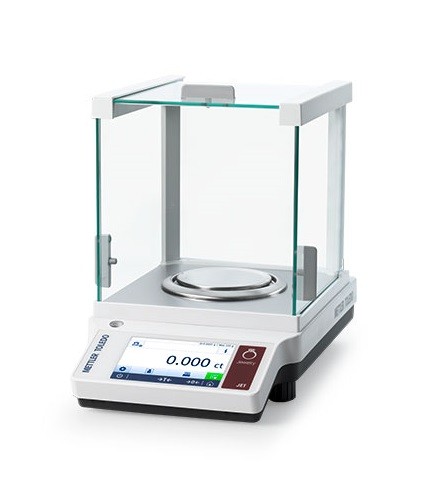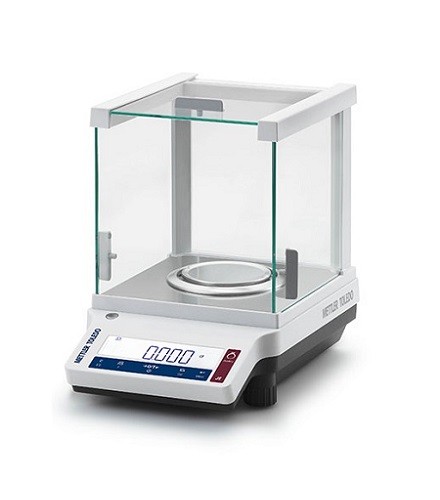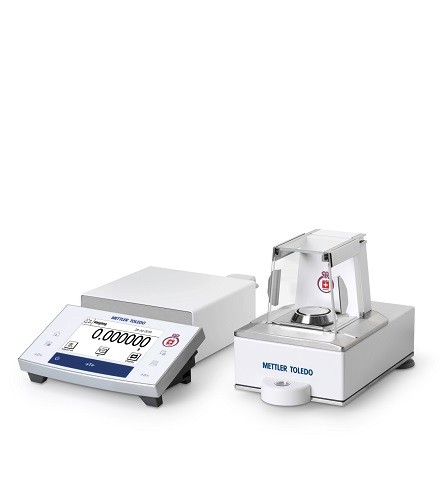Diamond Mining
Weighing conditions in a diamond mine can be tough; dust, dirt and vibrations can all have a negative influence on the performance of the weighing cell in a balance or scale. To determine if a potential mine is viable, the weight of ore samples are compared to the final weight of the diamonds obtained from the ore. It can take as much as 7 tons of ore to get 1 carat of finished diamonds.
The rough diamonds extracted from a mine look like large milky-white stones. The rough diamonds are sorted and weighed prior to being shipped to diamond wholesalers. A high accuracy, large capacity balance or scale that weighs in carats to 2 decimal places is perfect.
Diamond Trading
Rough diamonds are sold to wholesalers at diamond bourses and auctions. The wholesalers process the diamonds and then sell them on to retailers for use in jewelry and other applications. Finished diamonds will be accompanied by a grading report from a gemological institute or gemology laboratory that includes the weight of the diamond in carats. As a final step when weighing diamonds, the weight of the diamond(s) is verified and a price agreed.
When selling packets of diamonds, a diamond weighing instrument with a built-in totalization application is highly advantageous to simplify the weighing process and record the individual weight values, the total weight and the average weight. METTLER TOLEDO's JET carat scales and JE carat scales feature a built-in totalization application.
For the tiny 'leftover' diamonds, such as those used in watches, a carat scale with a higher readability or even a microbalance is necessary.
Diamond Processing
Some people consider the cut of a diamond to be the most important C. The type of cut and quality of cut determine how a diamond interacts with light; in essence, it is what gives the diamond its sparkle. A poor cut devalues the diamond. Cutting and polishing a diamond is a time-consuming process.
In processing a diamond from a rough milky-white stone to a desirable, sparkling gem, as much as 60% of the diamond can be cut, ground and polished away. Cutters face the challenge of making the maximum use of the rough diamond in order to minimize loss. The larger the finished diamonds, the more valuable they will be. The smallest diamonds can be used in jewelry such as watches. The diamonds that are too small for use in jewelry, as well as the dust generated from polishing, are used in industrial applications, in cutting tools for example.
According to the Gemological Institute of America (GIA), diamonds are weighed in carats to 3 decimal places (a thousandth of a carat) and then rounded to 2 decimal places (a hundredth of a carat). The weight value is only rounded up if the thousandth of a carat is 9; all other values for the third digit are rounded down. The carat value on a diamond certificate is given to 2 decimal places. On METTLER TOLEDO diamond scales and carat scales, the additional gram scale provides weights to 4 decimal places, offering a higher degree of accuracy. This possibility is important to the cutters who are trying to maximize the total number of carats they can achieve from a rough diamond. In addition, a diamond wholesaler uses many balances and scales and it is important to have consistent performance across them all.
Thanks to a high performance weighing cell and internal test weights, METTLER TOLEDO JET and JE diamond scales and carat scales offer consistent and reliable performance. The internal test weights enable the scales to be adjusted at the touch of a button to ensure ongoing accurate results.
In the grading of diamonds, gemological institutes and gemology laboratories weigh diamonds to 5 decimal places i.e 0.00001 g (or 0.0001 ct). A microbalance or analytical balance is recommended.
Gemstones
Other precious gemstones, such as rubies, emeralds and sapphires, undergo the same processes as diamonds. Whilst the 4Cs diamond scale can be used to assess the quality of a gemstone, its color is often the most important factor. The density of a gem can be used by gemological institutes and laboratories to verify its identity. A density kit can be easily installed on a METTLER TOLEDO JET or JE carat scale for this purpose.












